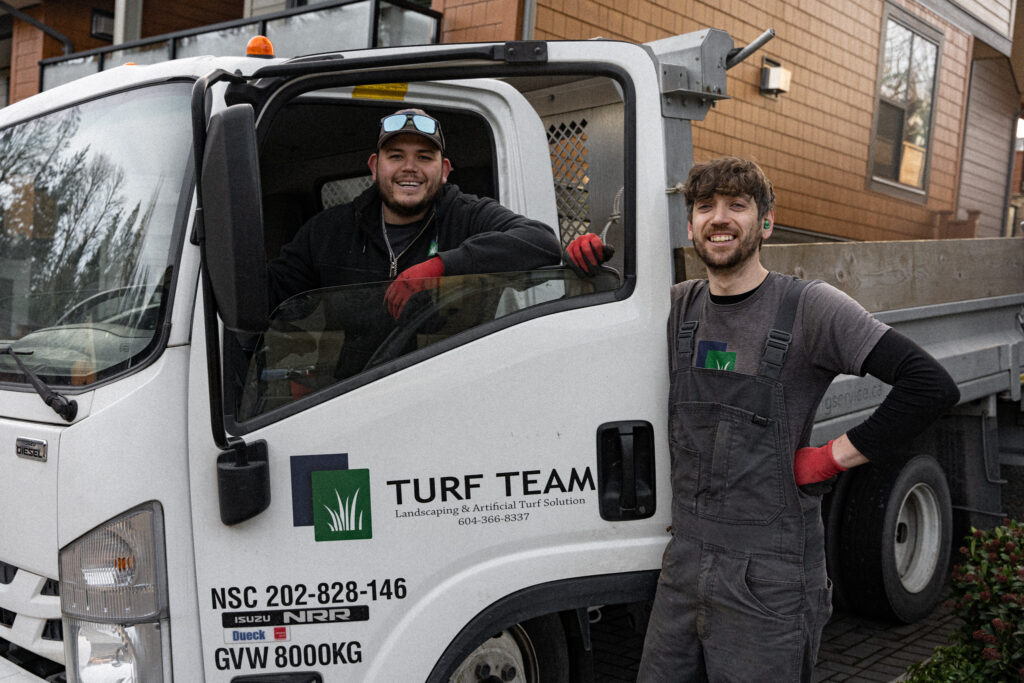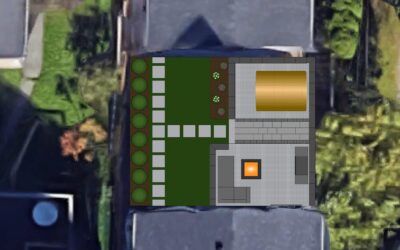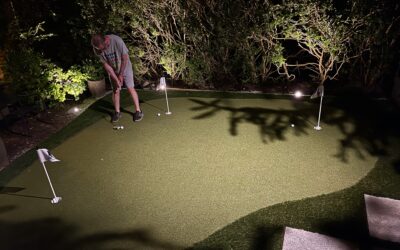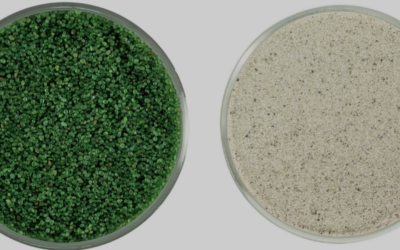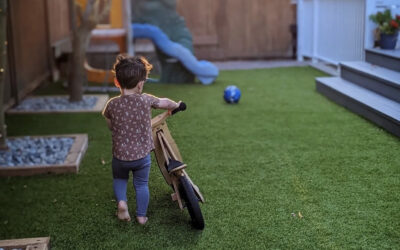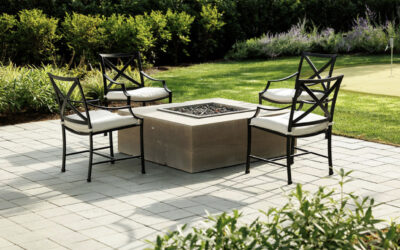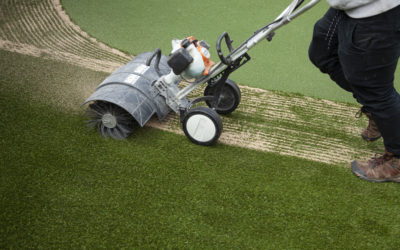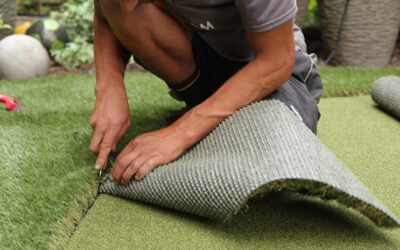Artificial grass is as low-maintenance as it gets, however it isn’t immune to everything that mother nature throws at it. Occasionally we get asked from clients how they can remove tree sap from their synthetic turf. If you’ve ever had a large tree overhanging your yard, you know how stubborn sap can be. Don’t worry—removing tree sap from artificial grass is entirely possible. Here’s a quick guide to help you tackle this “sticky” situation:
1. Act Fast!
The sooner you address the sap, the easier it will be to remove. Tree sap is sticky and can quickly set into the fibers of your artificial grass, making it more challenging to clean. So, as soon as you notice sap, gather your cleaning supplies and get started. The same principle applies when cleaning bird poop, spilled beverages, or anything else that might leave a sticky residue on your turf.
2. Gather Your Supplies
You’ll need the following tools and materials:
- Stiff-bristled brush or cloth: To gently scrub the area.
- Mild dish soap: To clean and sanitize the turf area in the process.
- White vinegar or rubbing alcohol: Effective solvents for sticky substances.
- Warm water: For rinsing and diluting.
- Bucket: For mixing cleaning solutions.
- Paper towels or clean rags: For blotting and drying.
3. Scrape Off Excess Sap
Start by carefully scraping off as much sap as possible. Use a plastic scraper or the edge of a credit card to lift away the bulk of the sap. It’s best to scrape with the direction of the grassblades to avoid blade damage.
- Apply a Cleaning Solution
Prepare a cleaning solution by mixing warm water with a few drops of mild dish soap or pH-balanced cleaner in a bucket. For tougher sap, you might need a more robust solvent. Apply white vinegar or rubbing alcohol directly onto the sap-stained area. Both are effective at breaking down sticky substances.
Tips:
- Test the cleaning solution on a small, inconspicuous area first to ensure it doesn’t cause any discoloration or damage. In most cases it will not discolour your turf in any way, but better safe than sorry!
- For large or stubborn sap stains, you might need to use a combination of vinegar and warm, soapy water.
5. Clean the Area
Dip a brush or cloth into the cleaning solution and gently scrub the affected area. Work in circular motions to lift the sap without damaging the turf. Be patient—this process may take a little time, especially if the sap has been on the grass for a while.
6. Rinse Thoroughly
Once the sap is removed, rinse the area with clean, warm water to remove any remaining soap or solvent. This helps to prevent any residue from attracting more dirt or debris.
7. Dry and Fluff
Use paper towels or a clean rag to blot the area dry. If the artificial grass looks flattened or disheveled, use a broom or brush to gently fluff the fibers back into place. This step is crucial for maintaining the appearance and functionality of your turf.
8. Prevent Future Issues
To minimize the chances of tree sap problems in the future, consider the following tips:
- Trim nearby trees: Regular maintenance can help reduce the amount of sap that drips onto your artificial grass.
- Install a barrier: A protective barrier or cover can shield your turf from falling sap. Although it’s not ideal aesthetically, some of our clients prefer to put a large tarp over their turf during the winter if its not being used. It just makes it easy to clean when the spring rolls around!
Removing tree sap from artificial grass doesn’t have to be a daunting task. With the right tools and a bit of patience, you can effectively clean and maintain your synthetic lawn. Acting quickly, using appropriate cleaning solutions, and performing regular maintenance will keep your artificial grass looking pristine and beautiful for years to come.
If you need help with the maintenance of your artificial grass, we offer an annual turf cleaning service and we can take care of that tree sap for you while we’re at it!
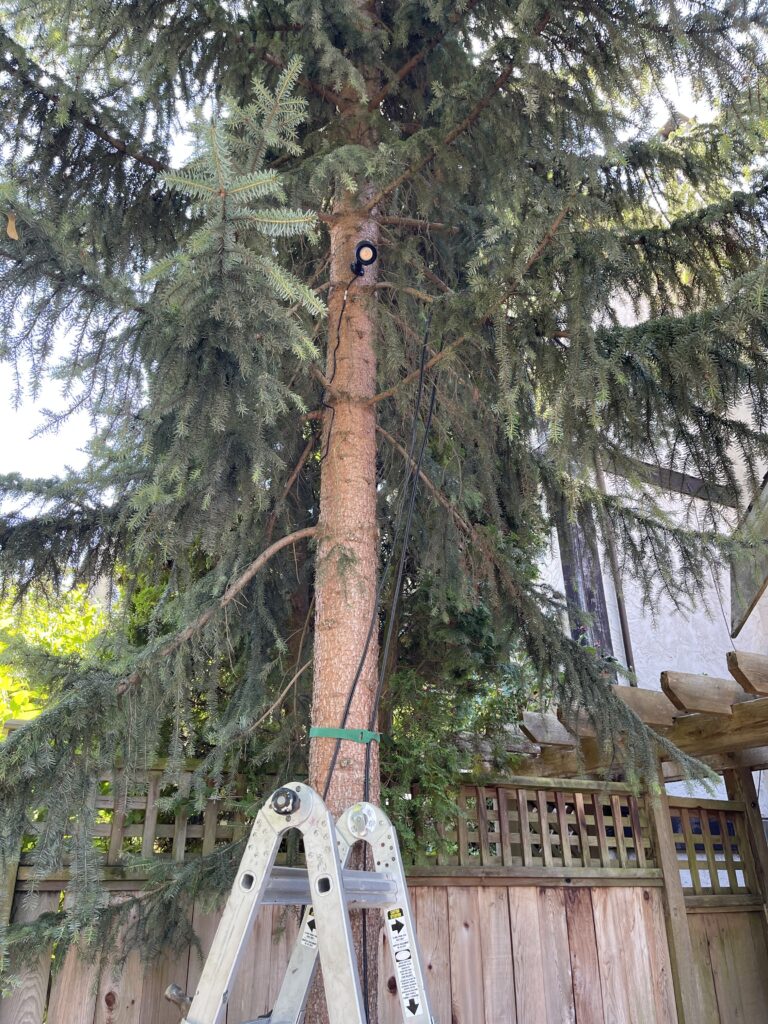
Click here to have your turf professionally cleaned
